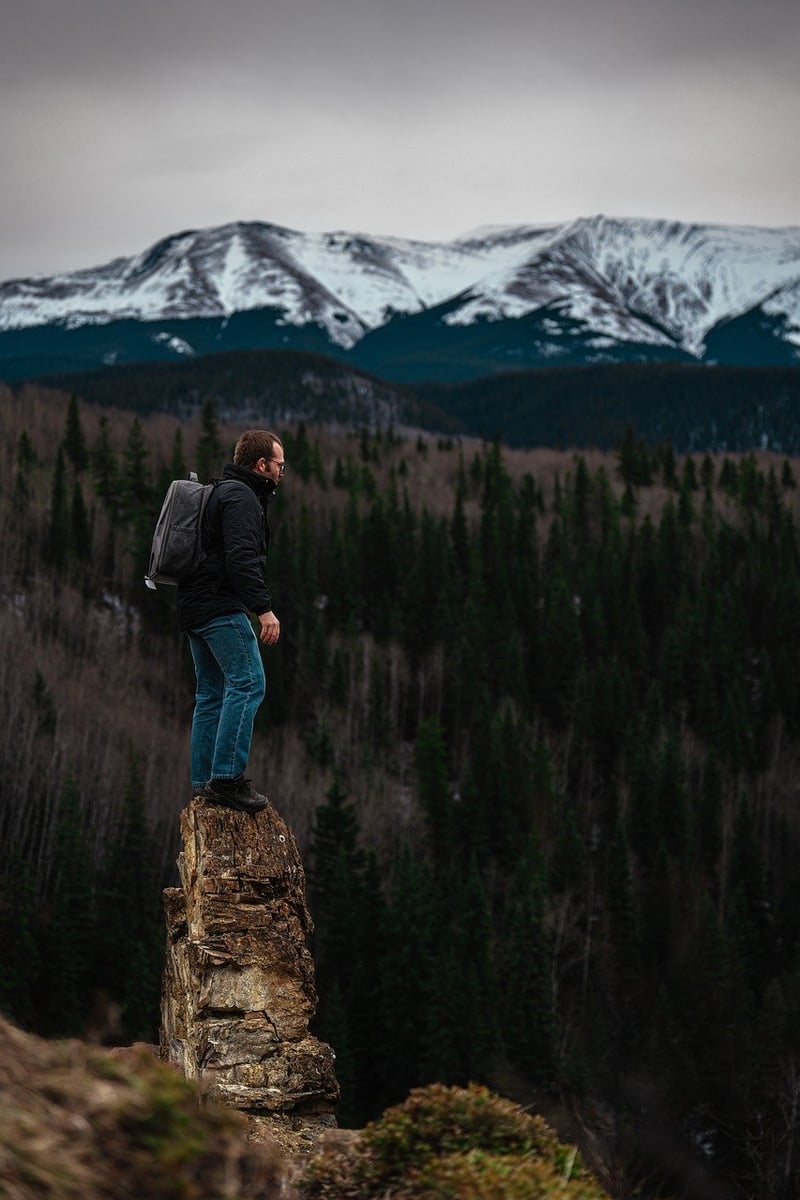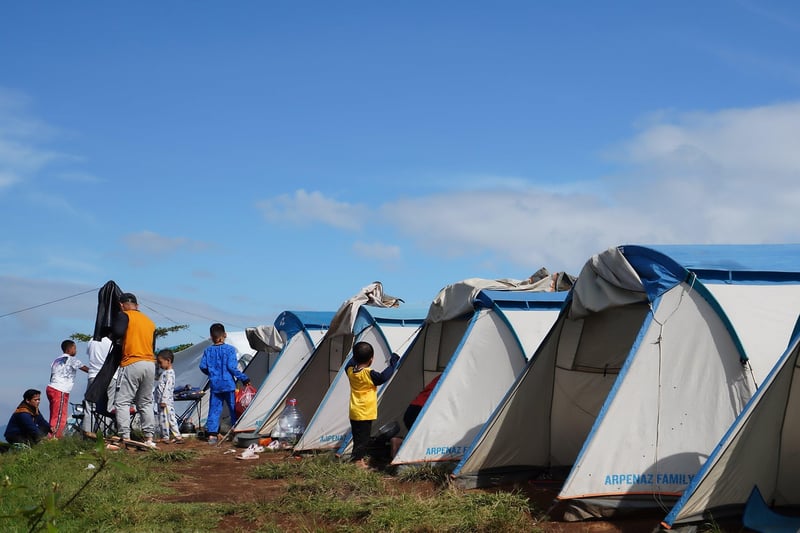Safety Guidelines
Maximize Your Adventure + Safety Guidelines
Introduction
Are you ready to embark on an exciting adventure? Whether you're planning a thrilling hike, an epic road trip, or a daring skydiving experience, it's crucial to prioritize safety without compromising on the fun. This guide will help you maximize your adventure while adhering to essential safety guidelines.
1. Plan Ahead
Before you set off on your adventure, take the time to plan meticulously. Research your destination, understand the terrain, and familiarize yourself with any potential risks. Create a detailed itinerary, share it with someone you trust, and ensure you have all the necessary gear and supplies.
2. Stay Informed
Keep yourself informed about weather conditions, local regulations, and any recent developments that may impact your adventure. Check for any travel advisories or warnings in the area you plan to visit, and be prepared to adjust your plans accordingly.
3. Pack Wisely
Pack essential items such as a first aid kit, plenty of water, high-energy snacks, navigation tools, and weather-appropriate clothing. Depending on your adventure, include safety gear like helmets, harnesses, or life jackets. Remember, it's better to be over-prepared than under-prepared.
4. Buddy Up
Whenever possible, embark on your adventure with a buddy or a group. Having companions not only enhances the experience but also provides an extra layer of safety. Look out for each other, communicate effectively, and have a plan in place in case of emergencies.
5. Respect Nature
Whether you're exploring a national park, diving in the ocean, or camping in the wilderness, always respect nature. Leave no trace of your visit, follow designated trails, and avoid disturbing wildlife. By preserving the environment, you contribute to the safety and well-being of both yourself and the ecosystem.
6. Emergency Preparedness
Prioritize your safety by familiarizing yourself with basic first aid techniques and emergency protocols. Carry a charged phone, a whistle, and a flashlight for signaling in case of emergencies. Know how to seek help and be prepared to act swiftly in challenging situations.
Conclusion
Adventure is all about pushing your limits and embracing new experiences, but safety should always remain a top priority. By following these guidelines and staying vigilant, you can maximize your adventure while ensuring a safe and memorable journey.



For more adventure and safety tips, visit Adventure Safety Guide.
